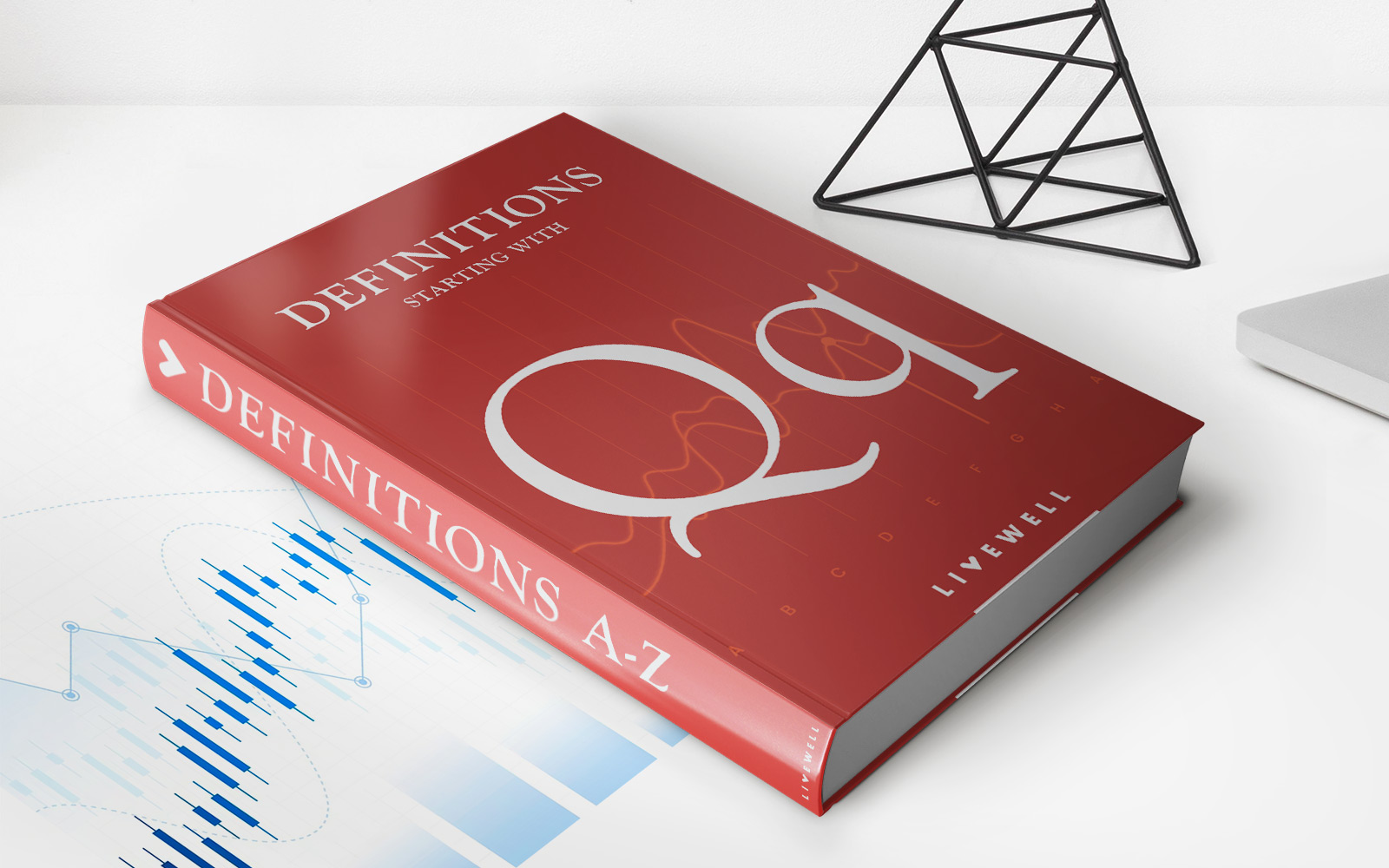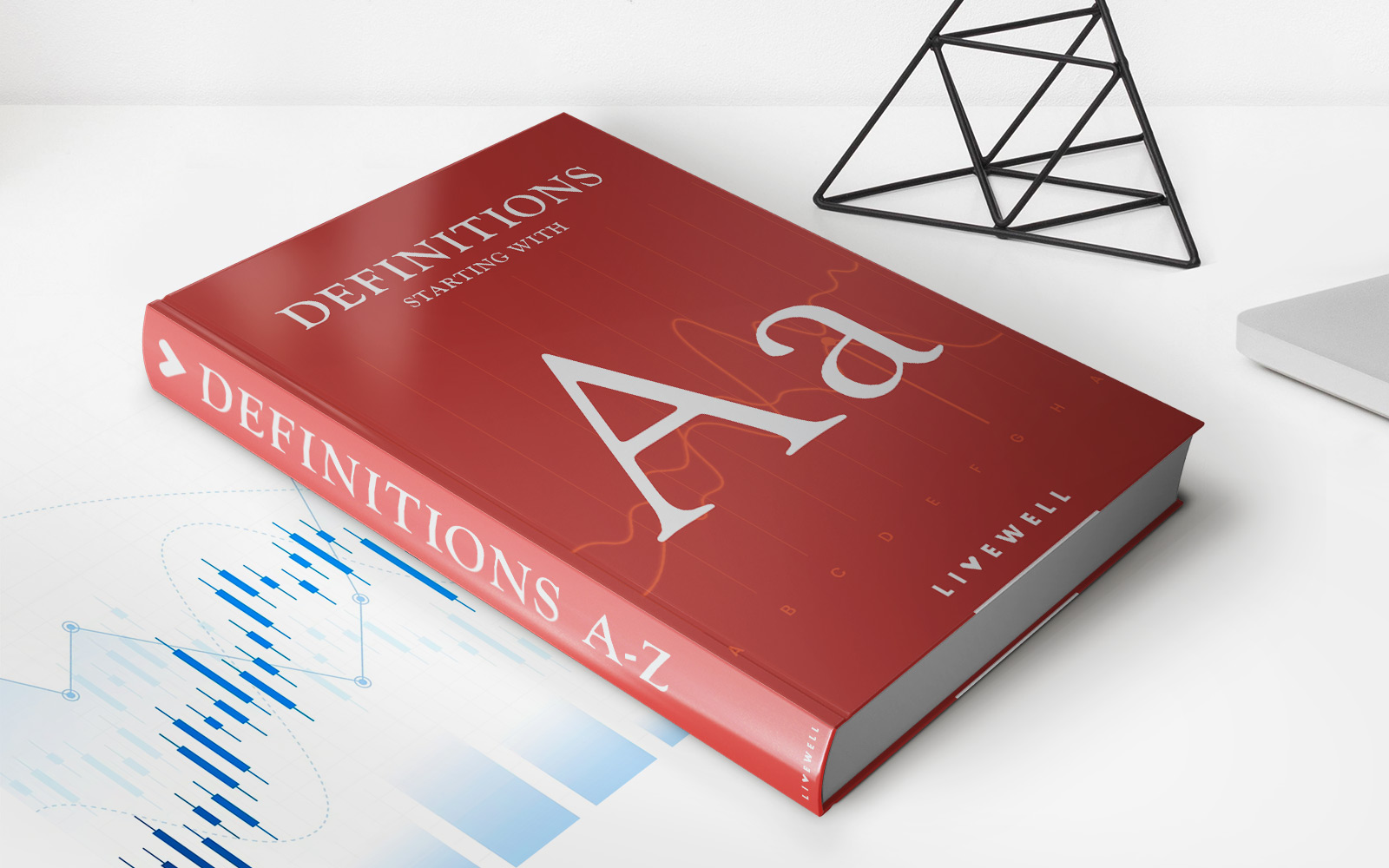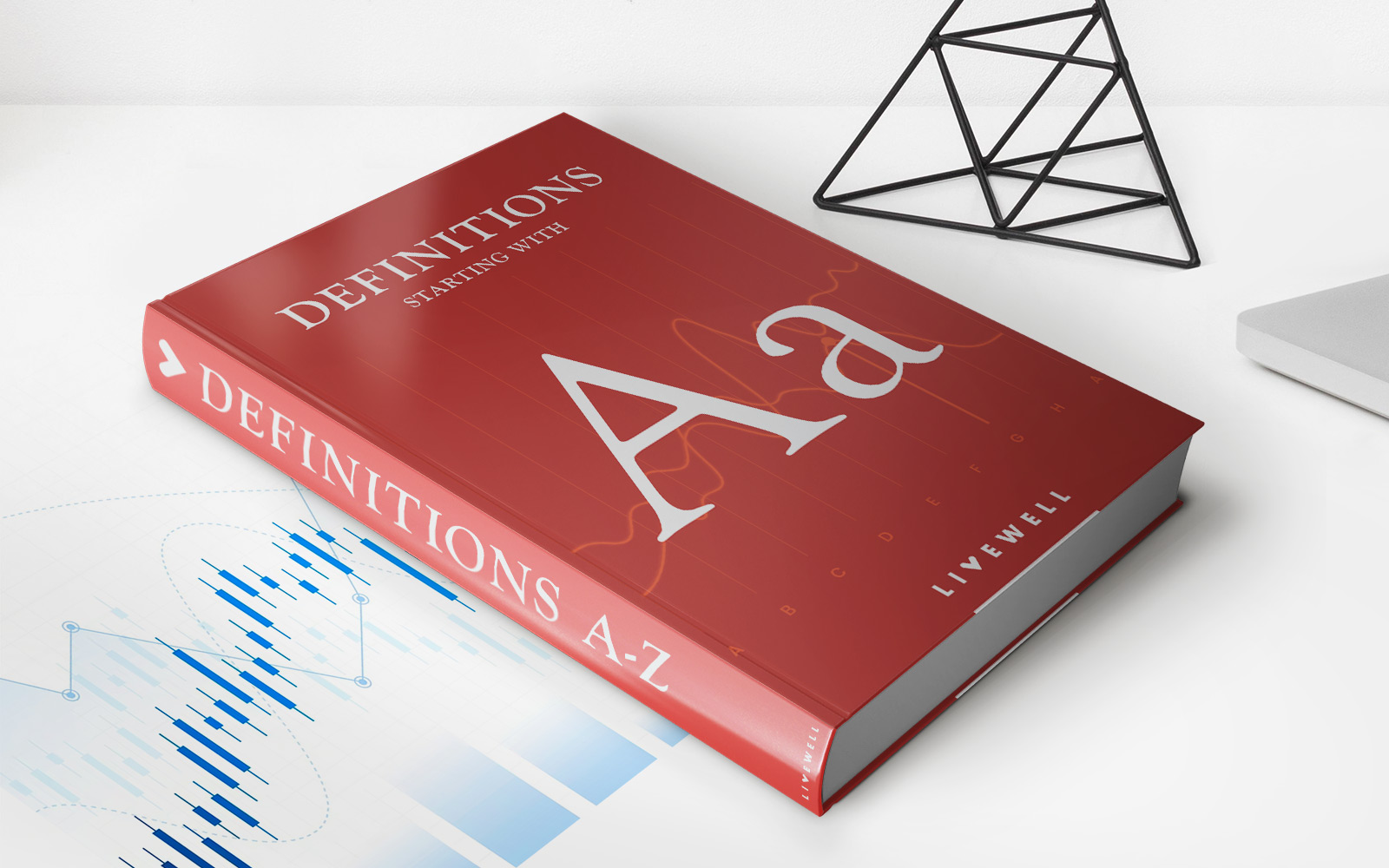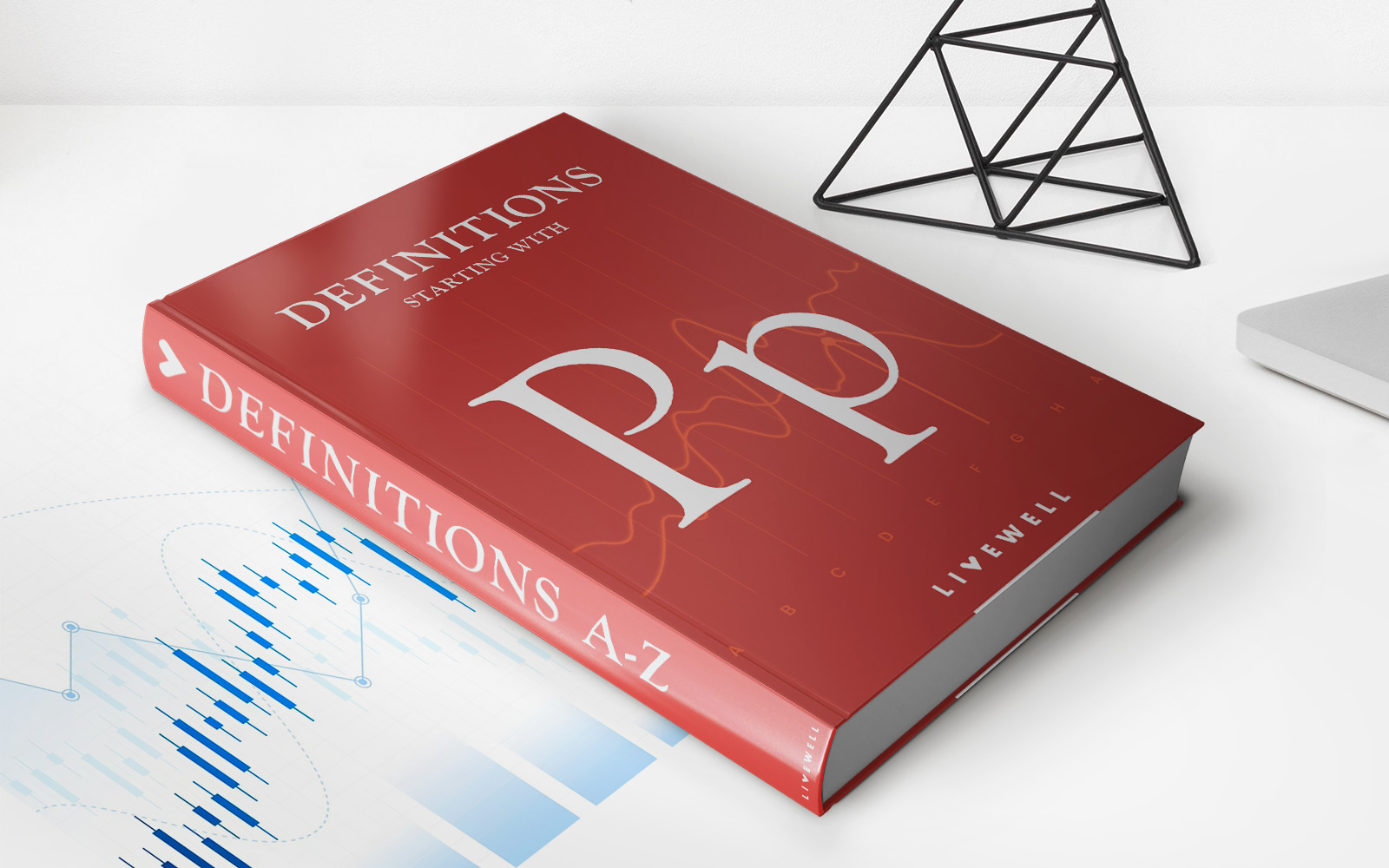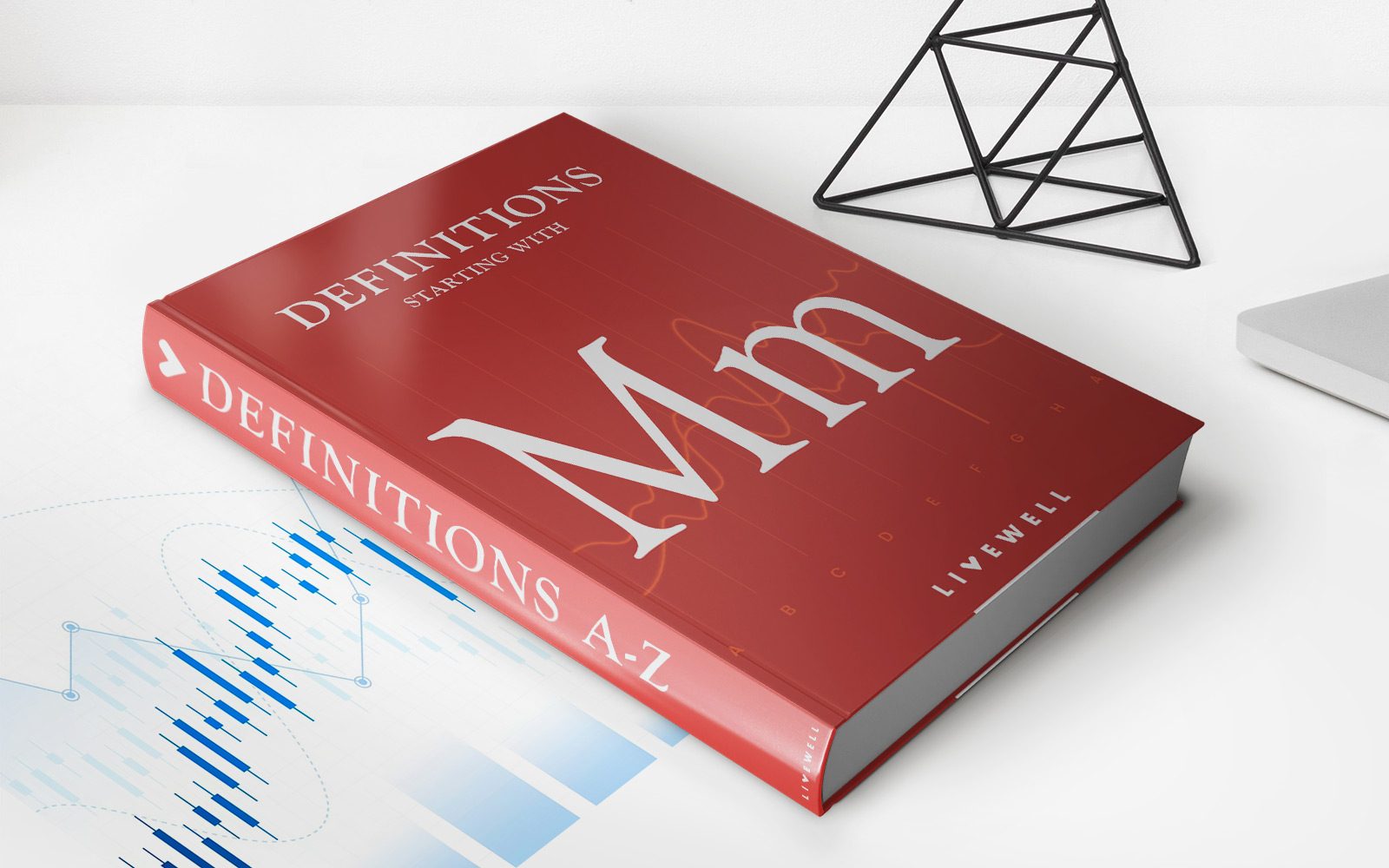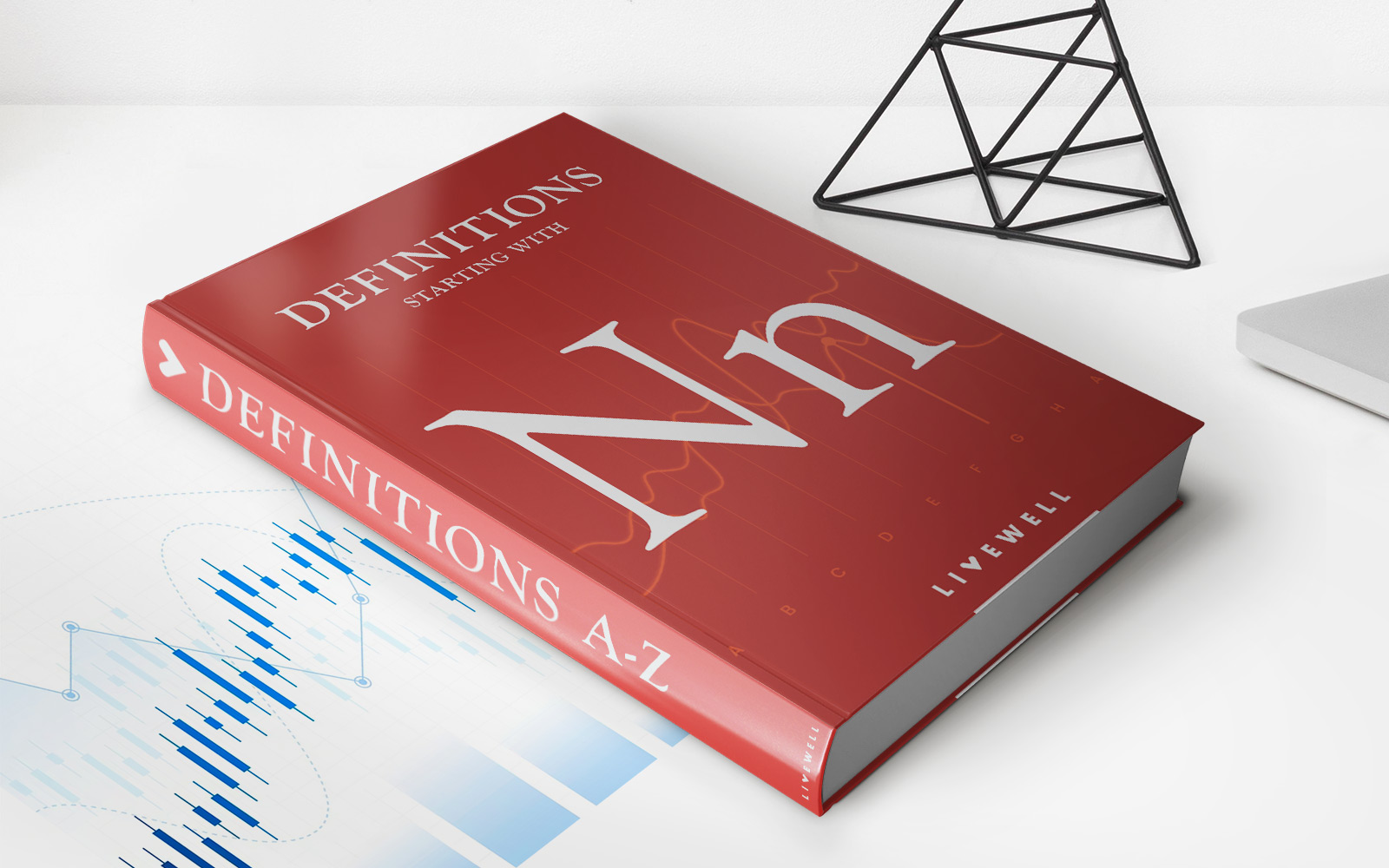Home>Finance>Asset Quality Rating: Definition And Key Concepts
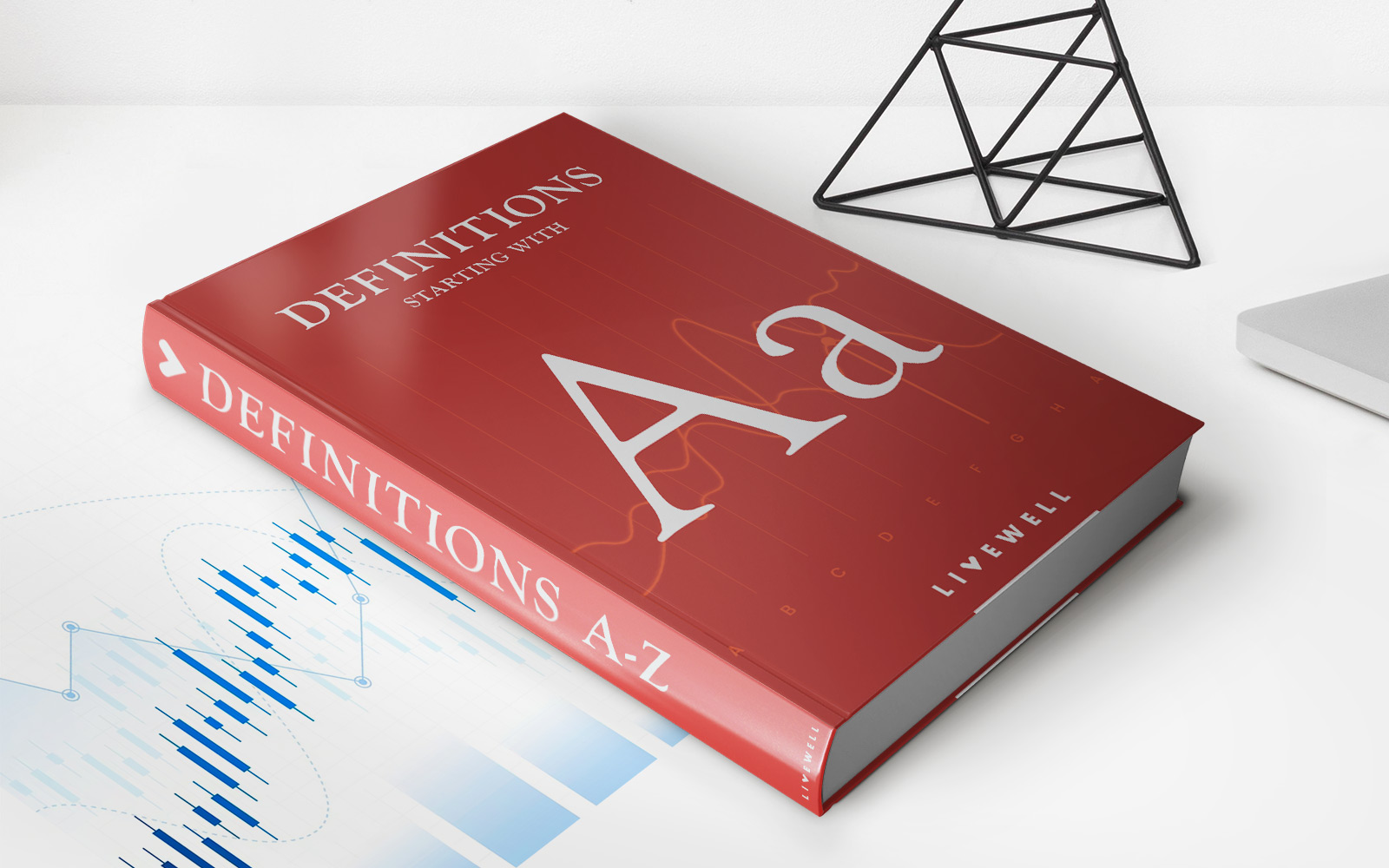

Finance
Asset Quality Rating: Definition And Key Concepts
Published: October 9, 2023
Learn what asset quality rating means in finance and understand the key concepts. Gain insights into evaluating the quality of assets in your financial portfolio.
(Many of the links in this article redirect to a specific reviewed product. Your purchase of these products through affiliate links helps to generate commission for LiveWell, at no extra cost. Learn more)
Asset Quality Rating: Definition and Key Concepts Explained
When it comes to financial institutions, assessing the quality of their assets plays a crucial role in determining their overall health and stability. Asset Quality Rating (AQR) is a key indicator used by banks and other financial organizations to measure the credit risk associated with their portfolio of assets. In this blog post, we will dive deep into the concept of AQR, its definition, and key concepts that you need to know about.
Key Takeaways:
- Asset Quality Rating (AQR) determines the credit risk associated with a financial institution’s assets.
- AQR is based on several factors, including loan performance, collateral quality, and overall creditworthiness.
Now, let’s dig in and explore the various aspects of Asset Quality Rating in more detail.
What is Asset Quality Rating?
Asset Quality Rating is a measure used by financial institutions to evaluate the quality of their assets. It provides an assessment of the creditworthiness and risk associated with a bank’s loan portfolio and other invested assets. The rating helps investors, regulators, and other stakeholders determine the financial institution’s ability to meet its obligations and manage potential credit losses.
Factors Considered in Asset Quality Rating
Asset Quality Rating takes into account various factors that indicate the credit risk associated with a bank’s assets. Some of the key factors considered in the rating process include:
- Loan Performance: The performance of loans in terms of timely repayment, default rates, and delinquencies.
- Collateral Quality: The value and quality of assets pledged as collateral against loans.
- Creditworthiness: The assessment of borrowers’ creditworthiness based on their financial stability, repayment history, and credit scores.
- Provisions and Reserves: The adequacy of provisions and reserves set aside by the bank to cover potential credit losses.
These factors help financial institutions understand the health of their loan portfolio and identify any potential risks that can affect their overall asset quality. By evaluating these factors, banks can take necessary measures to mitigate risks and maintain a strong asset quality position.
Importance of Asset Quality Rating
Asset Quality Rating plays a critical role in the financial industry for various stakeholders:
- Investors: Investors rely on AQR as a key indicator of a financial institution’s stability and creditworthiness. It helps them make informed decisions about their investment portfolio and assess the potential risk associated with a particular bank.
- Regulators: Regulators use Asset Quality Rating to monitor the health of financial institutions and ensure compliance with regulatory standards. A higher rating signifies a lower credit risk, indicating a healthy institution with a strong asset quality position.
- Financial Institutions: For banks and other financial institutions, AQR helps them assess the quality of their loan portfolio and take necessary steps to maintain a healthy asset quality position. It enables them to identify potential risks and make informed credit decisions, thereby minimizing losses and ensuring long-term sustainability.
Conclusion
Asset Quality Rating is a crucial measure that helps financial institutions and stakeholders assess the credit risk associated with a bank’s assets. By evaluating factors such as loan performance, collateral quality, creditworthiness, and provisions, AQR provides insights into the overall health and stability of a financial institution. Understanding and monitoring Asset Quality Rating is vital for effective risk management, making informed investment decisions, and ensuring the stability of the financial system.
Remember, maintaining a strong asset quality position is key for financial institutions to thrive in today’s dynamic and ever-changing market.

